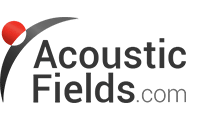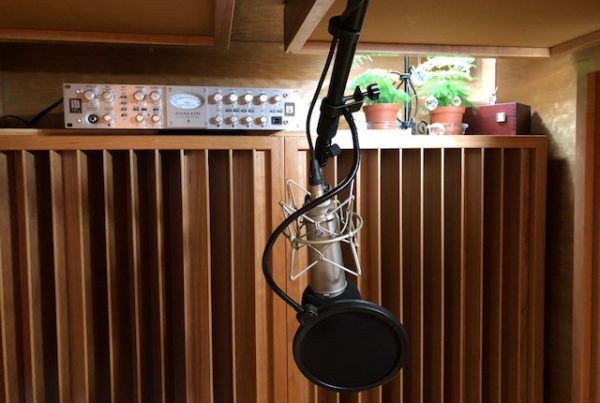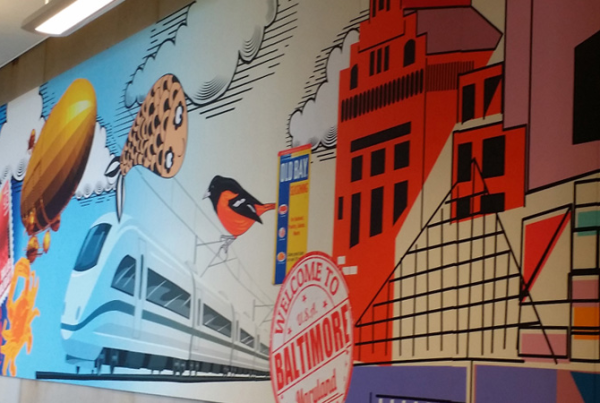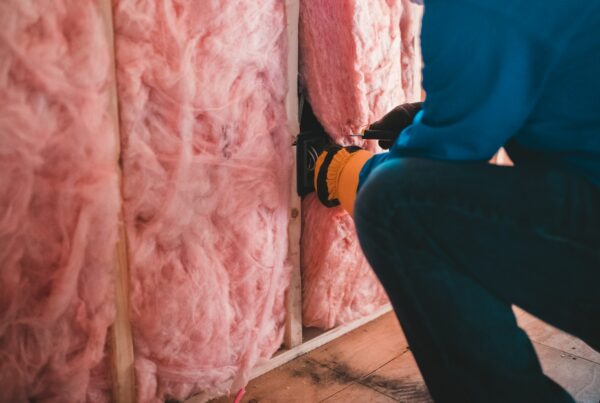Sound Room / Light Room
I want to design and build a sound room filled with light. It will be a room that has walls, floors, and ceilings that are 100 % light panels. Maybe they could be LED panels, but I would rather have a panel that can display degrees of color intensity to match the sound pressure level of any frequency that strikes any of a room’s six surfaces. We will use red for bass, blue for middle, and yellow for high frequencies and all shades of those three colors.
Wall Panels
Not only must the light panels display sound colors, but the panels would have to be able to measure sound pressure levels that are very high and very low. The panels would also have to be pressure sensitive every six inches, so that we can see all the areas of each boundary surface completely with no open places. Lets use low frequency at 100 cycles and less. Middle frequencies from 100 Hz. – 3,500 Hz. High frequencies above 3,500 Hz.
Where Is The Red?
We would have our two channel system set up in the room. There is only one chair. Start with a bass heavy piece, say starting at 30 cycles and going through 200 cycles. What colors and where will they be? We will have red at all corners of our room. My best guess is that we will have red all through the corners and up to the ceiling.
Red On Floor
Red will also appear along the floor / wall intersection. It will be a deep red and it will lighten up as it moves up the wall. It also may lighten up in intensity as it moves to the center of our room. It may even be light dark / light dark alternating intensity as it runs the length of the wall / floor intersection. I do not know for sure, but it would be neat to see where everything that was below 100 Hz. hung out within the room.
Red On Ceiling
We also have another room boundary intersection. It is the intersection where the walls and ceiling meet. The literature tells us we will have bass at all room boundary intersections. I know there is bass build up along the floor / wall intersection. I do not need a wall full of light to tell me that. I do wonder about the wall / ceiling intersection. Once again, It would be cool to see wherever bass goes.
Blue For Mids
Middle frequencies would be my favorite to see. We would definitely have middle frequencies on all side walls surrounding our chair. It would be interesting to see just exactly where the middle and low frequencies met and how that color looked. It would be red and blue, alternating from a deep red at floor level, working through lighter red as we work our way up the wall. We then transcend into light blue for middle frequency start and then to darker blue probably around ear level.
Rear And Front Wall Blues
Would we have middle frequencies on our front and rear walls. I am certain we would, but they would be a lighter shade of blue when compared to the side walls. The rear wall would probably be darker in blue than the front wall, since middle frequencies would radiate from the speaker and strike the rear wall before the front wall. The front wall gets all the delayed reflections from the other walls that probably have run out of gas by the time they get to the front wall.
High Frequencies / High Places
High frequencies would be everywhere. They are so small and so many that they would be flying everywhere. We would have yellow on the side walls because of lateral energy from our speakers. We would have yellow above the listening position and around the top third of our room. Yellow would be at room center walls and definitely on the rear wall. I know this to be true when working with quadratic diffusion sequences for the rear wall of control rooms.
Areas In Transition
The most interesting place to look on our wall, light panels, would be the areas in transition on these surfaces. These would be the areas that have both middle and high frequencies next to each other or on top of or below each other. These would be the areas where we would have a middle blue that was dark and then maybe a yellow or high that was also dark. Maybe we have a bright yellow with a faded blue pulsating in this light array.
Music Magic
It would be in this area of transition where our music magic occurs. It is in the attack and decay of the bass note ushered in to a blue middle frequency vocal that gets our emotional attention and holds it through the attack and decay bass note process and the rolling into the vocals. If all is heard in this dynamic, then all is felt. If vocals begin and end with all nuances heard in them and then we have the start of of a guitar break rolling on to another vocal lead, I do not know of anything better to make me “be” in the room and no where else. I mean nowhere else.
Open Your Eyes
It is in the segue way from instrument to vocal. It is in the transition from vocals to a guitar break that has a beginning and end that capture ones musical soul and locks them into that particular musical time space. When one is in this time and space, nothing else can be heard or felt. It is here and it is now, totally and completely. Now, we even have the light show to go with it. Don’t forget to open your eyes during the guitar break.





